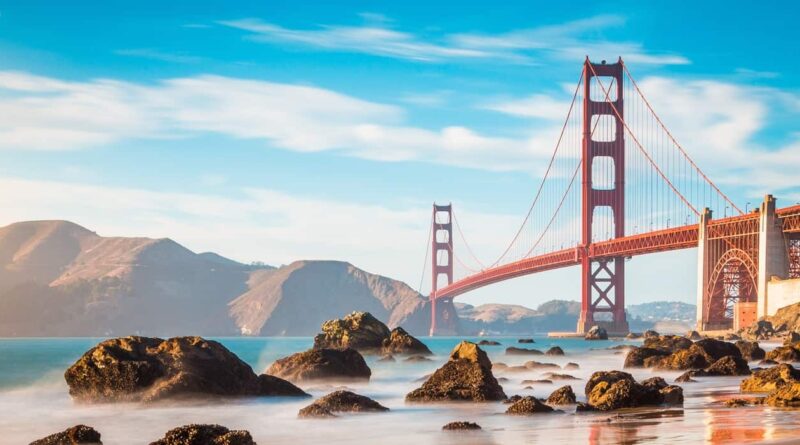History Of California
California, the most populous state in the United States, is known for its beautiful beaches, diverse culture, and iconic landmarks. But the history of California stretches back much further than its current reputation as a tourist hot spot. From Native American settlements to Spanish colonization to the Gold Rush, California has undergone significant transformations throughout its history. In this article, we will explore the rich and complex history of California and its impact on the state as we know it today.
Native American Settlements
Before the arrival of European explorers, California was home to over 100 distinct Native American tribes. These tribes had diverse languages, traditions, and lifestyles, but shared a deep connection to the land and its resources. Many of these tribes still exist today and continue to preserve their culture and traditions.
Spanish Colonization
In 1542, the first Europeans arrived in California, led by explorer Juan Rodríguez Cabrillo. Over the next two centuries, Spanish missionaries established a network of missions along the California coast, aimed at converting Native Americans to Christianity and integrating them into Spanish society. This period of colonization brought significant changes to California’s native population and set the stage for the state’s future development.
Mexican Rule
In 1821, Mexico declared independence from Spain, and California became a part of Mexico. Mexican rule brought significant changes to California’s economy and society, with the development of large-scale ranching, trade, and agriculture. This period also marked the beginning of the end of Spanish mission control over the state.
The Gold Rush
In 1848, gold was discovered in California, sparking a mass migration of people seeking their fortunes in the mines. The Gold Rush brought unprecedented growth and development to California, but it also had significant environmental and social impacts. The influx of people also led to the displacement and mistreatment of Native American populations, a legacy that persists today.
Statehood and Beyond
In 1850, California became the 31st state in the United States. Over the next century, California underwent significant growth and development, becoming a center of innovation, culture, and politics. From Hollywood to Silicon Valley to the Civil Rights Movement, California has played a significant role in shaping American society.
Today, California is a diverse and dynamic state, with a population of over 39 million people. Its rich history continues to influence the state’s culture, economy, and politics, and serves as a reminder of the complex legacies of colonization and development.
Discover more from City Towner
Subscribe to get the latest posts sent to your email.




